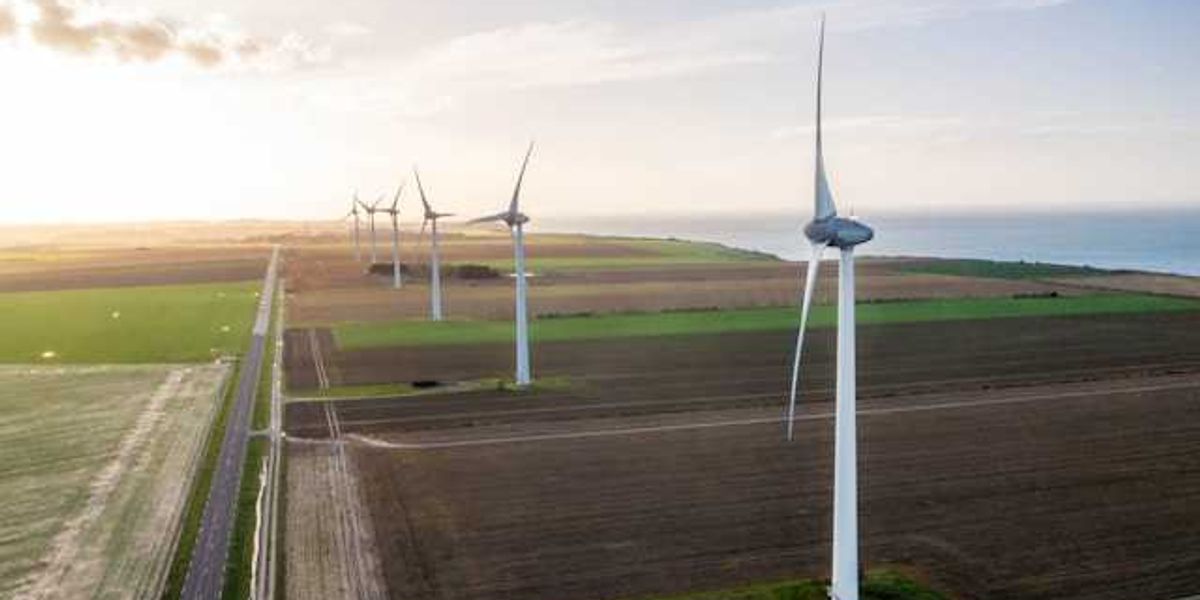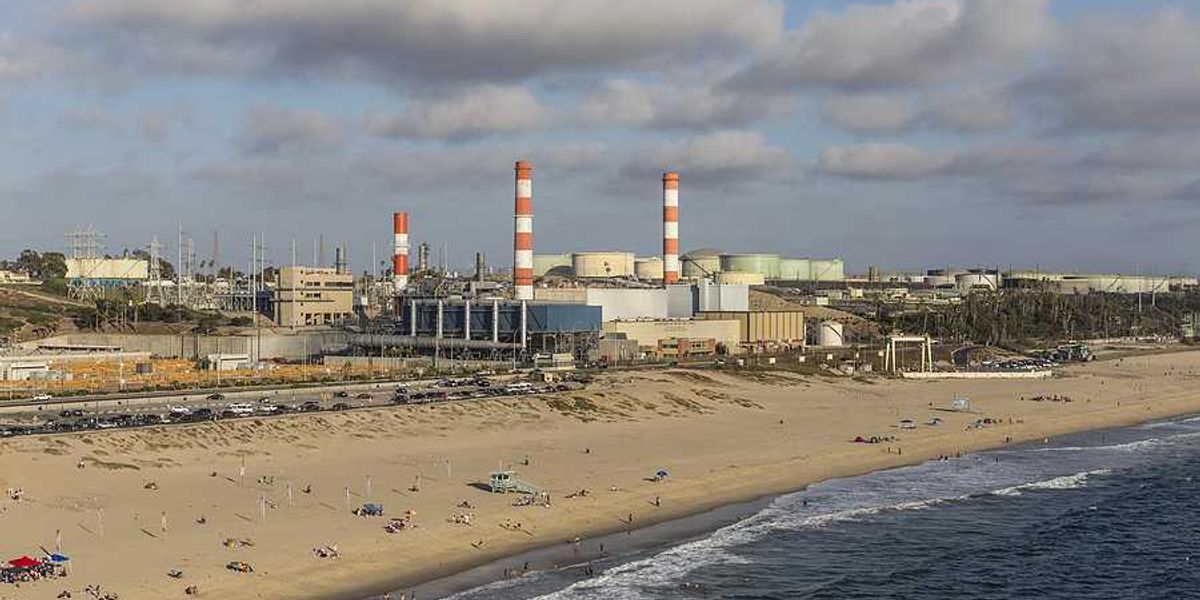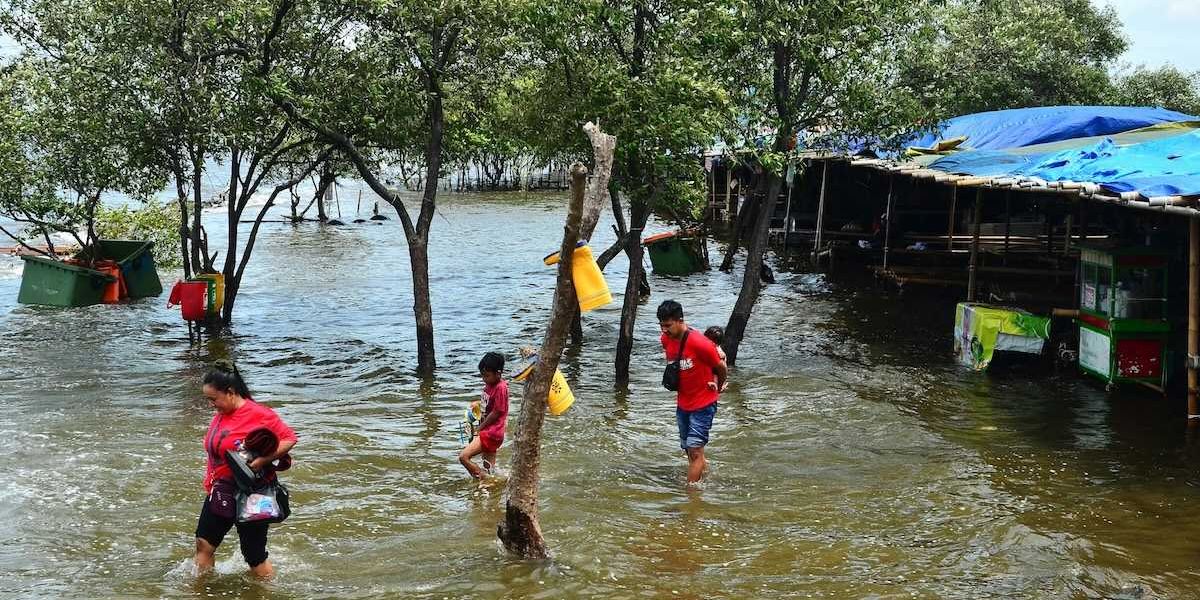Droughts tied to climate change are pushing water, food, and ecosystems to the brink
A new United Nations-backed report warns that climate-fueled droughts are becoming more deadly and far-reaching, intensifying hunger, displacing wildlife, and upending daily life from Africa to Latin America.
In short:
- The UN’s “Drought Hotspots Around the World” report describes a surge in drought severity from 2023 to 2025, worsened by climate change and El Niño, with some regions seeing record-low water levels and agricultural collapse.
- Somalia faces crisis-level food insecurity, and in Eastern Africa, drought conditions drove desperate measures such as forced child marriages and people digging for contaminated water.
- Europe and the Americas also suffered: Spain’s olive harvest was halved, endangered Amazonian wildlife died, and Panama Canal shipping slowed due to low water levels.
Key quote:
"Drought is not just a weather event – it can be a social, economic, and environmental emergency."
— Dr. Kelly Helm Smith, co-author of the report
Why this matters:
Droughts are becoming chronic global stressors that strain public health, ecosystems, and economies. Water scarcity affects everything from crop yields and disease spread to education and migration. As climate change continues to disrupt weather systems, droughts will hit harder and more frequently, especially in places already facing poverty or political instability. Even wealthy nations aren't immune: Europe’s agriculture, the Amazon’s biodiversity, and the Panama Canal’s global trade links all suffered from recent drought. Understanding drought’s reach helps us grasp how climate instability hits not just the environment but the fabric of society.
Related: El Niño exacerbates southern Africa's severe drought and hunger crisis













